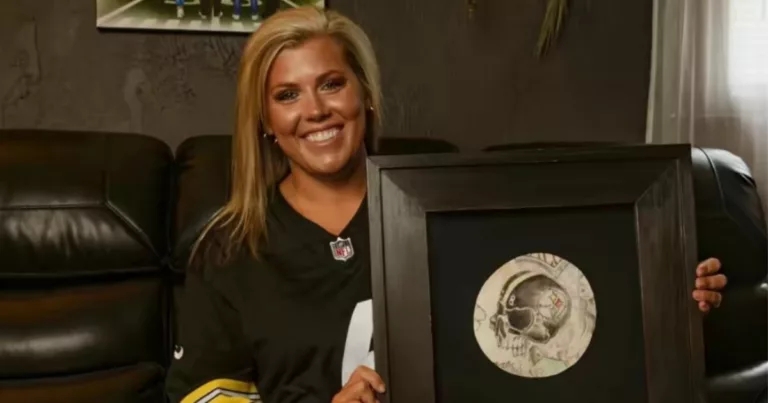Framing Love TikToker Preserves Late Husbands Tattoo in Tribute
In a heart-wrenching yet uniquely touching tribute, TikToker Angelica has captured the attention of social media after revealing that she preserved a piece of her late husband’s skin, specifically a tattoo, following his unexpected passing. This unconventional memorial has sparked conversations about love, loss, and the ways we honor those we’ve lost. On July 23,…

